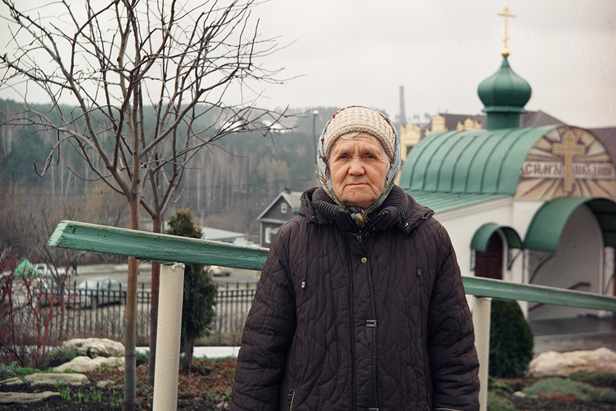[POST]Industrial Urals: The mysterious region through the lens of its resident
The Ural region is a world unto itself, which lives by its own laws. In ancient Greece people appreciated harmony above all; in Rome it was the state. But in the Urals they knelt at the altar of industry.
As in ancient Rus towns sprang up around churches or the local Kremlin, in the era of industrialization cities took shape around factories. The first plants began to appear in the region under Russia’s greatest innovator, Peter the Great, back in the early 18th century. The nobility found itself drawn to industrial entrepreneurship, especially the aristocratic elite. Since the time of Peter the Great, the Urals have been Russia’s chief supplier of ferrous and nonferrous metals.
.jpg) |
| [POST]Industrial Urals: Staraya Utka |
In 1860, for instance, the region produced 71% of Russia’s cast iron, 89% of its copper, more than 20% of its gold, and no less than all of its platinum (in the second half of the 19th century the Urals produced about 95% of global output). The Urals have always been the linchpin of the country’s defense industry, producing artillery, projectiles, guns, knives, and anchors. In addition to these lines of production, the region also developed textile, leather, distilling, paper, and salt industries, alongside numerous crafts.
Factories were to the industrial Urals what towns and cities are to a country. The complex of mining enterprises created there are the gold standard of industrialism, a subject worthy of study not only for historians of manufacturing, but sociologists and culture experts, too.
RBTH’s photo blog [POST]Industrial Urals, which launched in August this year, is rapidly gaining momentum. It is an attempt to delve deep into the mysterious world of this mining civilization, and to touch base with its creators, heroes, villains, toilers, sorcerers, cities, nature, and mythology.
The blog will reveal all there is to know about the village that grew to become Yekaterinburg (the fourth largest city in Russia), about the first goldmine in Russia, about the illegal printing industry, about the most distant and godforsaken factories (all but ghost towns today), and the new crop of prosperous, innovative enterprises that offer a glimmer of hope that the Urals could one day restore its former glory.
 |
| [POST]Industrial Urals: Uktus |
Our guide was no a random passer-by, but bona fide Urals photographer Sergei Poteryaev, for whom the region is not just a field of study, but a home. Behind the pictures, so gloomy to the uninitiated eye, behind the abandoned villages, behind the sullen faces and the harsh, merciless history of Russia lies a hidden tenderness unique to the Urals. Does this paradox not encapsulate the very essence of the Russian soul?
[POST]Industrial Urals photo blog, Thursdays twice a month on rbth.com
All rights reserved by Rossiyskaya Gazeta.